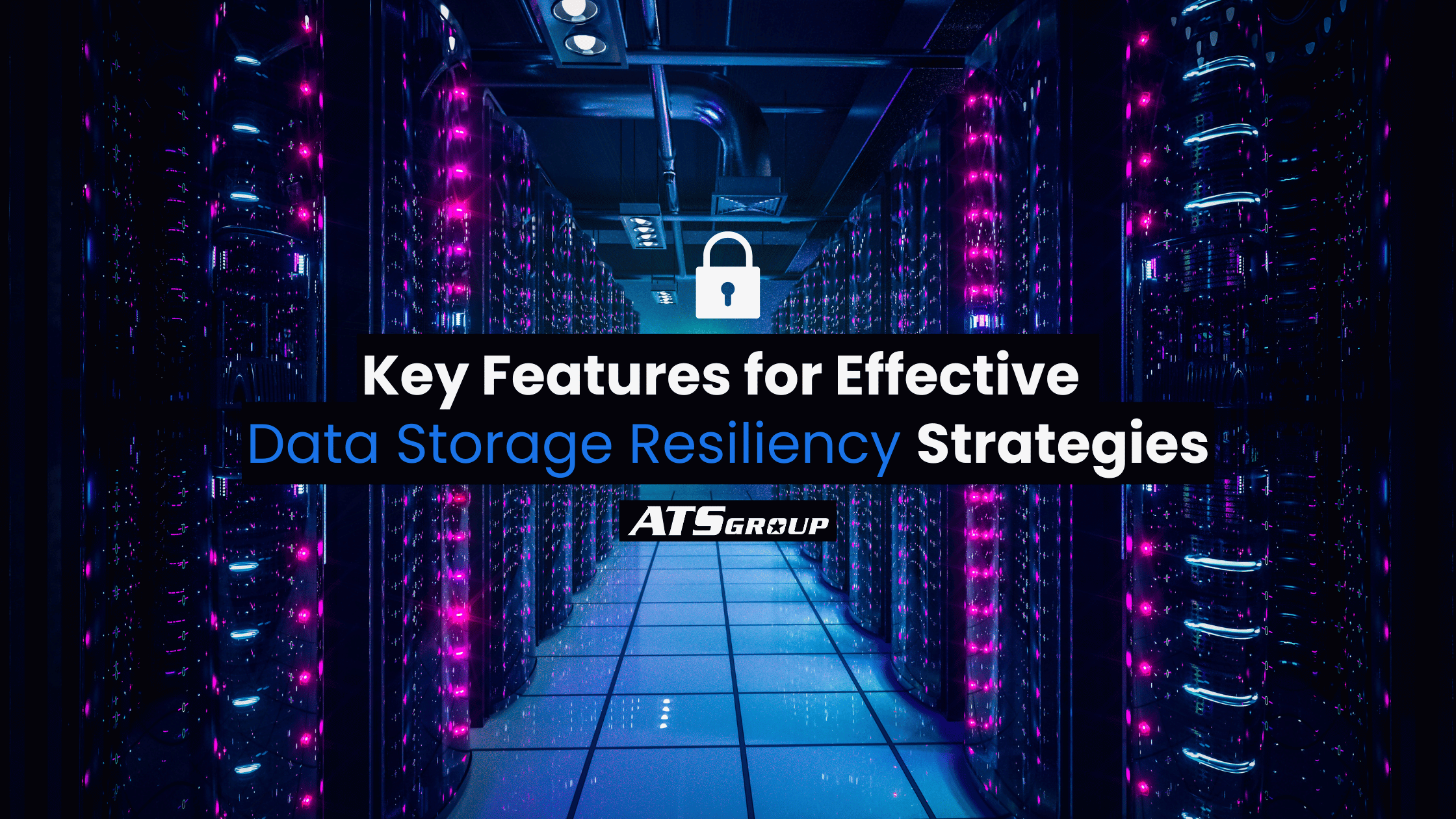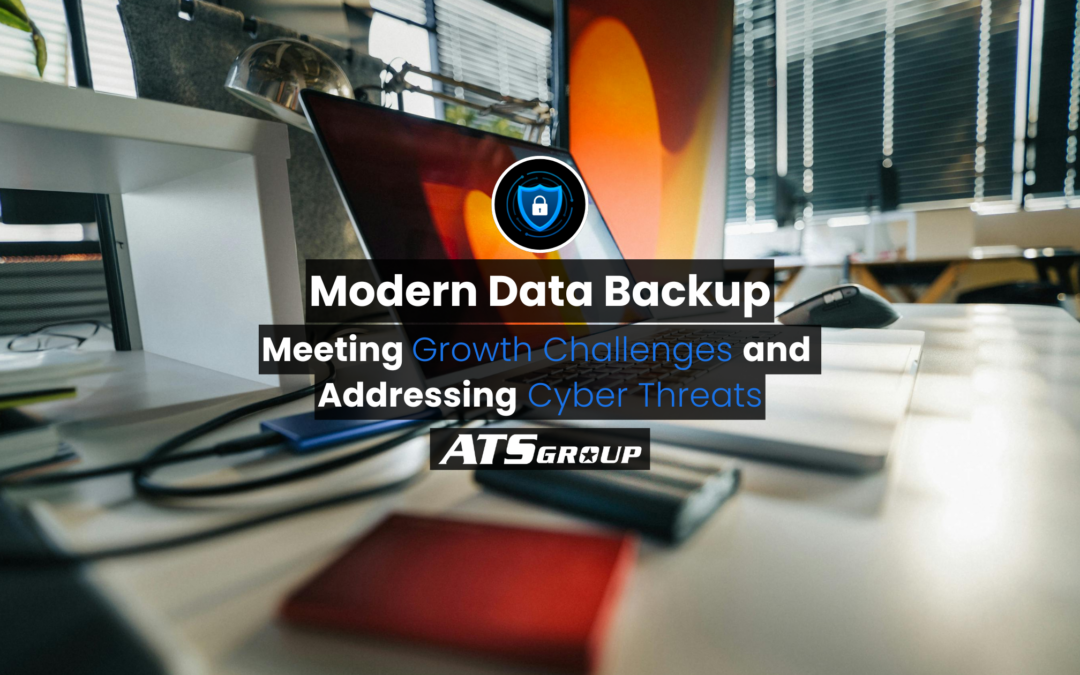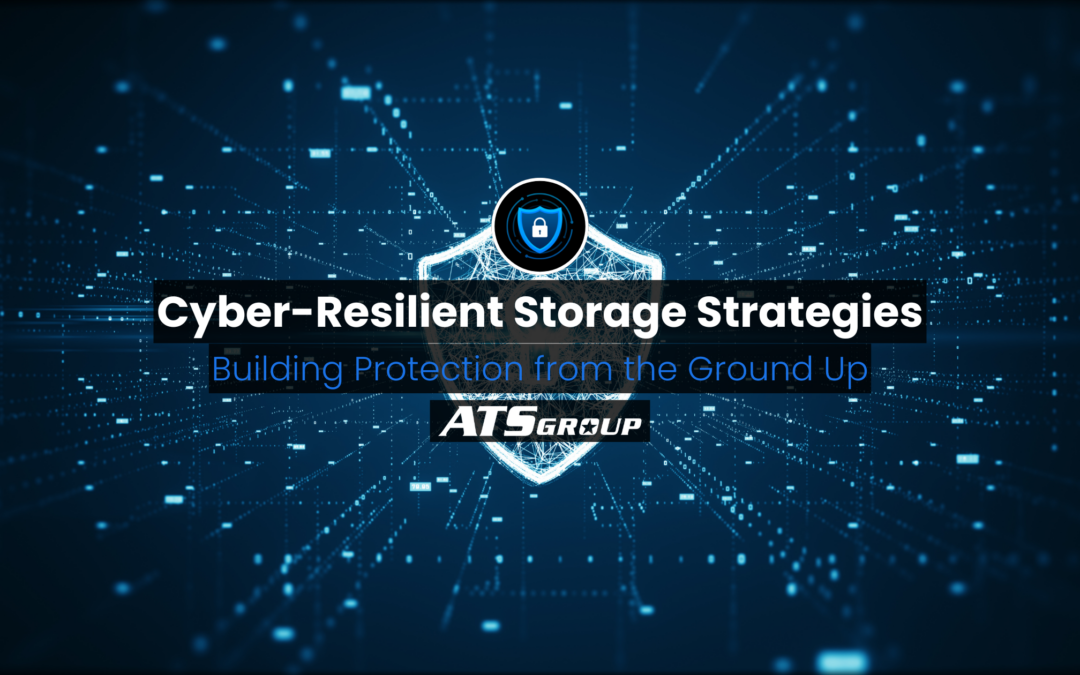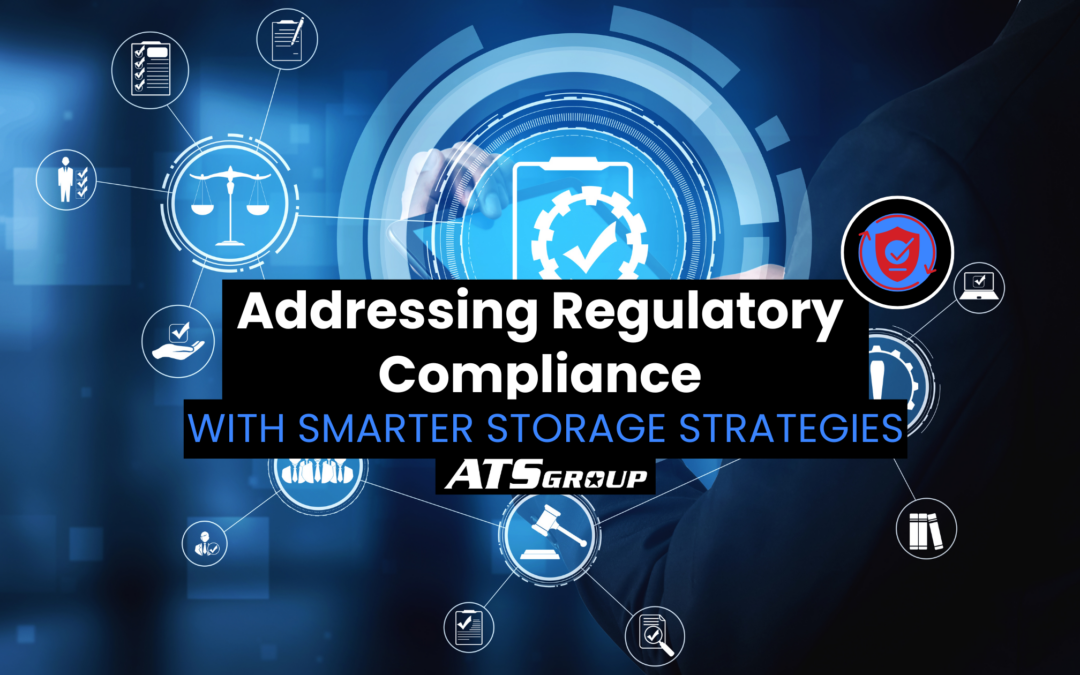In today’s digital-first landscape, data is your organization’s most valuable asset – and one of its most vulnerable. As cyberattacks grow more sophisticated and natural disasters more unpredictable, protecting your storage environment requires more than basic precautions. Therefore, you need a comprehensive data storage resiliency strategy to defend against a wide range of threats and ensure your business can recover quickly when the unexpected happens.
But what does an effective data storage resiliency strategy look like?
Below, we explore the essential features organizations should consider incorporating into their approach.
The Foundation of a Data Storage Resiliency Strategy
1. AI-Powered Threat Detection
Think of AI-powered threat detection as a vigilant guard always on duty. By continuously monitoring your environment, AI can detect anomalies and flag potential threats in real-time. As a result, this gives you the power to take immediate action and prevent cyberattacks or insider threats from jeopardizing your critical data.
2. Immutable Storage Snapshots
Immutable storage snapshots act as your safety net. These unchangeable backups ensure your data can be restored to its original state, even in a ransomware attack. Consequently, this feature allows you to recover confidently by making your data invulnerable to tampering.
3. Automated Recovery Orchestration
Speed is crucial when disaster strikes. Automated recovery orchestration enables predefined workflows to execute immediately, minimizing downtime and disruption. This feature can swiftly get your operations back on track, allowing your team to focus on higher priorities.
4. Air Gap Protection
Imagine a digital fortress protecting your backups. Air gap protection creates a secure, isolated environment for your data, safeguarding it from unauthorized access—even during the most severe cyberattacks. This ensures that your backups remain untouched and intact.
5. Clean Room Isolation
Data can be especially vulnerable during recovery processes. Clean room isolation provides a secure environment for restoration, limiting exposure to external threats. This feature ensures that sensitive data remains protected throughout the recovery process.
6. Unified Management Interface
Managing different protection tools across your storage environment can be overwhelming. However, a unified management interface brings everything into one view, streamlining operations and reducing complexity. Additionally, this feature helps prevent costly errors and enhances overall efficiency.
7. Flexible Licensing
Financial flexibility is critical. Fortunately, flexible licensing models allow you to scale your resiliency strategy based on actual needs, avoiding overspending on unnecessary resources. As a result, this allows you to balance cost and capability as your business grows.

8. Continuous Data Protection
Losing even a few moments of data can be costly. Continuous data protection captures changes in real-time, ensuring that your most recent data is always protected. This feature significantly reduces the risk of data loss and enables swift recovery.
9. Integration with Multiple Workloads
Modern businesses run on diverse workloads—from databases to ERP systems. Therefore, a resilient storage solution must seamlessly integrate with these varied environments, protecting all data. Otherwise, critical information could slip through the cracks.
10. Proactive Compliance Management
With growing regulatory demands, staying compliant can be a challenge. However, proactive compliance management helps you stay ahead, monitoring your data protection efforts to ensure regulation adherence. This feature reduces the risk of fines and legal issues.
A Modern Solution: IBM Storage Defender Data Protect
When looking for a comprehensive data protection solution, IBM Storage Defender Data Protect exemplifies how to approach modern data resiliency. It combines key features like AI-powered monitoring, immutable snapshots, and automated recovery orchestration into a powerful platform that safeguards your data against threats while ensuring compliance.
- AI-Powered Monitoring: IBM’s solution continuously monitors your environment, thus detecting real-time risks and allowing swift action.
- Immutable Storage Snapshots: These snapshots protect your data from ransomware and accidental deletion by allowing seamless recovery.
- Automated Recovery Orchestration: Predefined workflows activate in times of crisis, reducing downtime and getting you back to business quickly.
- Air Gap & Clean Room Isolation: Safeguard backups and recover data with full protection from external threats.
IBM Storage Defender also supports continuous data protection and offers a unified management interface, simplifying monitoring and enhancing visibility across your environment.
Getting Started with a Modern Data Storage Resiliency Strategy
To modernize your data resilience strategy, assess your current tools and processes. Next, you should identify gaps, especially in areas like AI monitoring or compliance management. Collaborate with your IT team and trusted advisors to prioritize the features most relevant to your organization’s needs.
Once you’ve identified the best path forward, explore solutions that offer scalability, seamless integration, and comprehensive support. Request demos to ensure the solution fits your operational landscape and positions your business to handle future challenges confidently.
To learn more about modernizing your storage resiliency strategy, click below to speak with an ATS Data Protection Advisor. We’ll guide you through every step, tailoring solutions that meet your needs and helping you protect your data from every threat.





